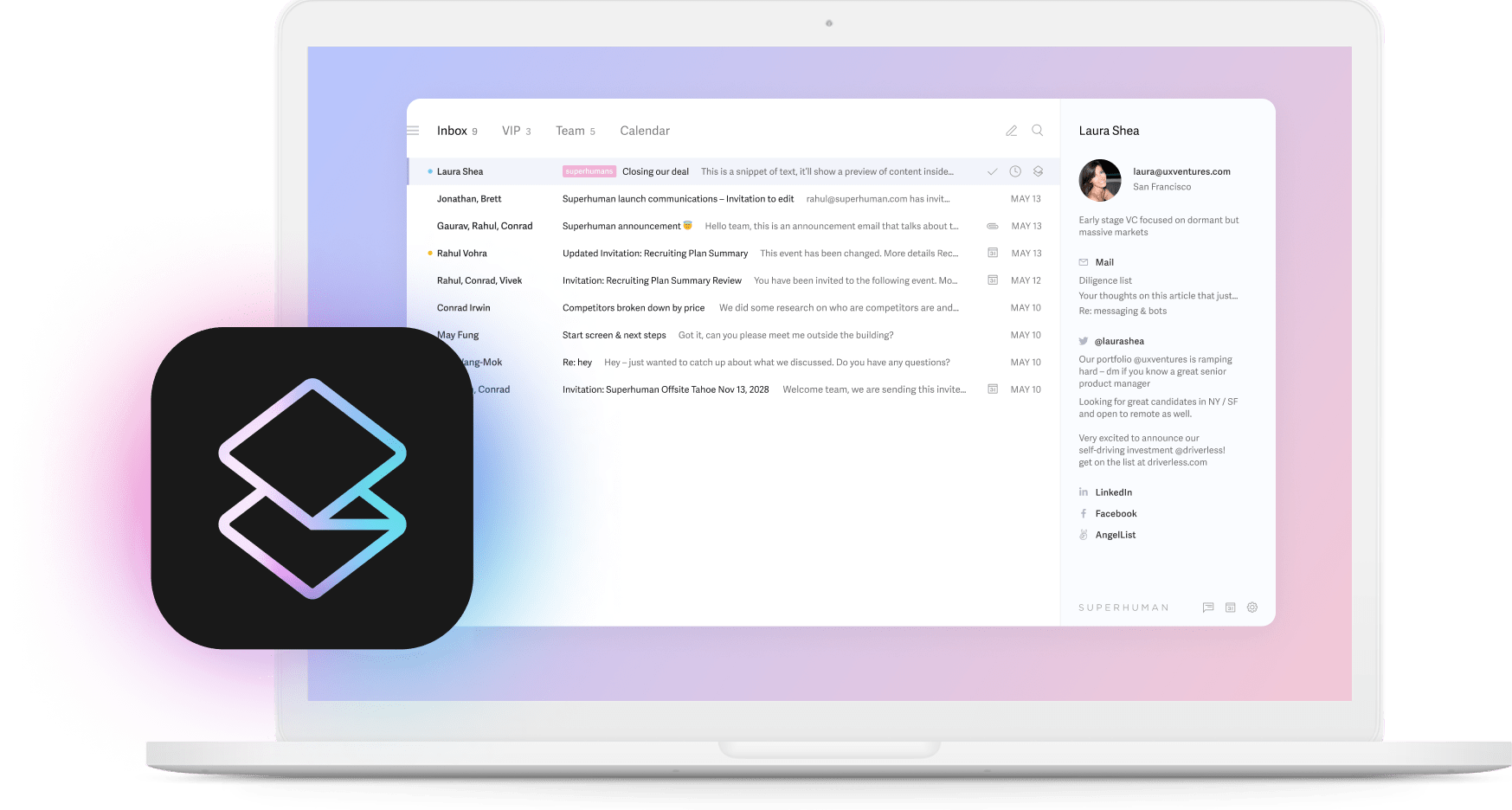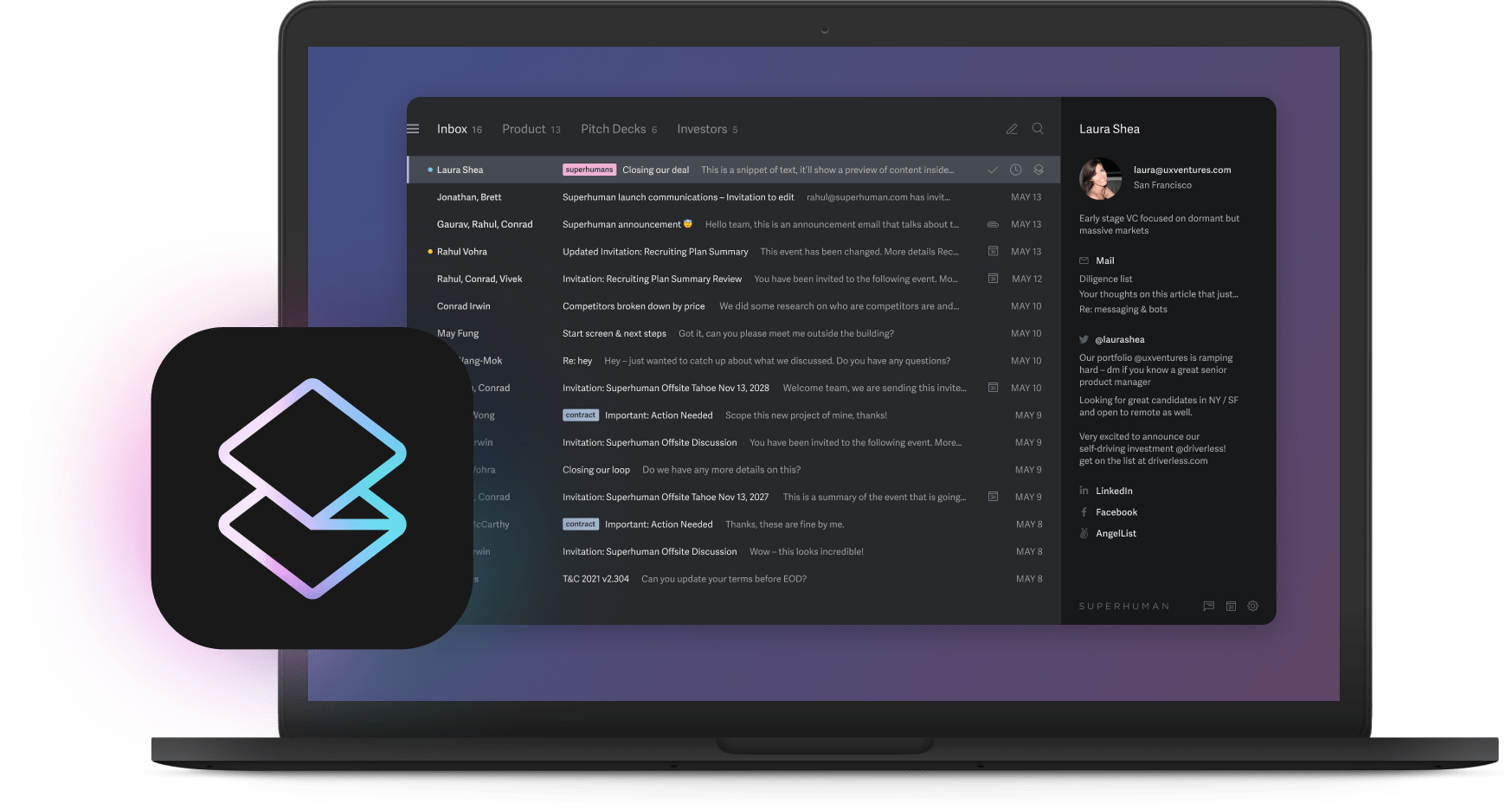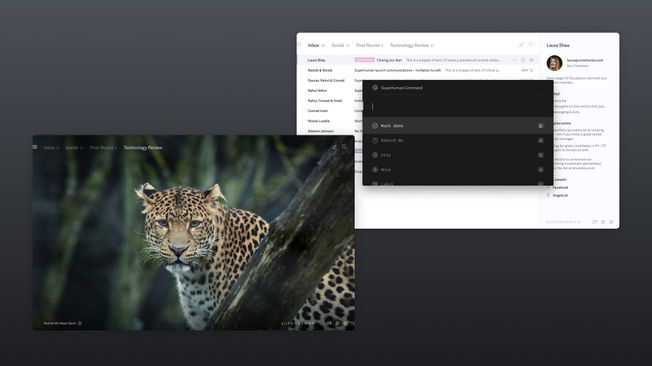
When more than half of senior leaders predict that leading will get harder in the next twelve months, the pressure on executive calendars intensifies. Yet we're noticing that the most successful executives seem to be doing less, not more.
We're observing a pattern we call the Compression Principle. While middle managers handle dozens of daily decisions, high-performing executives appear to compress their decision-making down to just a handful of high-stakes calls. The hypothesis is that executive productivity isn't about time management anymore, but rather about what we're calling decision density: the value created per decision, not decisions per day.
Why traditional time management fails under pressure
Most executives operate at low density. They make dozens of decisions daily, respond to every request, and fill calendars with motion instead of progress. The result is exhaustion without impact. Why does this happen? Because traditional time management focuses on fitting more into your day rather than evaluating what deserves to be there at all.
High-density executives work differently because they understand that three perfect decisions beat three hundred mediocre ones. They've learned that responsiveness actually signals failure, not success. Quick responses mean you're operating in reactive mode, letting other people's priorities drive your day. The best executives are intentionally slow to respond because they process, think, then act. This deliberate pace allows them to make fewer, better decisions instead of racing through an endless inbox.
Every packed calendar represents this same problem of poor filtering. Busy isn't a circumstance that happens to you. You created it by saying yes when you should have said no, repeatedly. An empty calendar isn't laziness but rather intentional architecture that preserves space for high-impact work. Even waking up at 4 a.m. won't fix this because adding hours just gives you more time to make low-impact decisions. Your real edge comes from aligning work with natural energy peaks and being ruthless about what gets cut, not what gets added.
The Anti-Calendar Method for creating density
Picture forty percent of your week completely blocked off from meetings, calls, or quick syncs. This is where high-density thinking happens. Why does this matter? Because executives who protect significant portions of their schedule for solo reflection often report that these blocks drive their highest-impact decisions. Without protected space, you're always reacting to the urgent instead of creating the important.
The concept works on simple math. If you make 50 decisions in a packed day, each gets a small fraction of your cognitive capacity. If you make 5 decisions with protected space around them, each gets significantly more mental resources. This concentration of cognitive effort can transform mediocre choices into breakthrough decisions.
How do you implement this? Start by blocking two 90-minute periods daily at your peak energy times exclusively for your highest-stakes decisions. Protect them like board meetings. Each morning, identify one primary decision and three supporting actions, then let everything else wait or get delegated. Before accepting any meeting, ask whether it increases or decreases your decision density. Many executives find this filter alone eliminates the majority of calendar requests. The result? You recapture hours of peak cognitive capacity that were previously fragmented across low-impact activities.
The Decision Funnel for protecting cognitive resources
Low-density executives lose hours to decision swirl because they treat all decisions equally. They revisit the same choices, involve too many people, and let minor decisions consume as much mental energy as major ones. Why does this drain productivity? Because every decision, regardless of importance, depletes the same cognitive resources you need for high-stakes calls.
The Decision Funnel addresses this by routing each decision to its optimal resolution point. Decisions that follow patterns get automated through email filters and approval workflows, preserving your cognitive capacity for unique challenges. When you delegate, you transfer complete ownership, not just tasks. Provide a decision framework and boundaries, then step away entirely. This prevents the common trap where delegated work bounces back for approval, defeating the purpose of delegation.
How do you know what to keep? Reserve your direct involvement only for decisions that can't be undone or have significant financial impact. Everything else gets automated or delegated. Consider tracking which decisions you make versus which ones still seem important weeks later. When you notice you're spending time on many decisions that don't create lasting value, it's time to be more aggressive about filtering what deserves your attention.
Aligning energy with impact
Time management assumes all hours are equal, but this ignores a critical reality. A high-stakes decision made during an energy trough has higher error rates than one made at peak energy. Why? Because cognitive capacity fluctuates predictably throughout the day, and forcing complex decisions during low-energy periods often leads to suboptimal outcomes.
The solution is mapping your personal energy patterns to your decision hierarchy. Track when breakthrough insights occur and when complex problems feel manageable. Many executives notice patterns in their energy levels, with peak performance windows often occurring at consistent times. Once you identify these peaks, reserve them for your most important strategic choices while pushing routine approvals to other times. This alignment means you're applying maximum cognitive horsepower to your most important decisions.
What makes this sustainable? Understanding that complex decisions require more mental energy than routine ones. After an intense decision-making session, your brain benefits from complete disengagement, not just switching to a different task. Leaders who align decisions with energy cycles report 50% higher engagement and 21% more productivity because they're working with their natural rhythms instead of against them.
Why adding people reduces performance
Adding people to increase capacity can actually reduce overall effectiveness, and understanding why can transform how you scale. Every additional person creates coordination overhead, approval layers, and diluted accountability. A decision that one person could make in an hour might take three people three hours. Why? Because group dynamics introduce consensus-building, stakeholder management, and communication overhead that multiplies with each participant.
The Single-Threaded Owner approach preserves efficiency by ensuring one person owns the entire decision from analysis to execution. No committees, no consensus building, just clear accountability. This works because it eliminates the coordination tax that kills speed. When ownership is clear, decisions move faster and quality improves because one person has full context and complete accountability for outcomes.
How do you decide what to keep versus delegate? Focus on decisions where you are uniquely positioned to add value. If someone else could make the decision reasonably well, consider delegating it completely. The marginal quality difference often isn't worth your time investment. For every decision you touch, ask if you're the constraint. If yes, own it fully. If no, remove yourself entirely. This discipline extends to meetings too. Reducing excessive one-on-ones signals that you've truly delegated ownership rather than just tasks.
Using AI to compress, not expand
AI promises to save time, but that's the wrong metric for executive productivity. The right question is whether AI increases decision density. Why does this distinction matter? Because many AI tools actually reduce density by creating more decisions about which model to use, how to prompt, and whether to trust the output, while saving minimal time.
High-density AI use looks different because it focuses on compression rather than automation. Tools like Auto Summarize turn 20-email threads into three key decision points, eliminating the cognitive overhead of processing irrelevant details. AI drafting converts brief prompts into complete responses, saving mental energy for strategic thinking. These applications work because they compress the information space so your decisions become denser, not because they make decisions for you.
The trap executives fall into is using AI for high-stakes decisions, which creates false density. You feel productive because you're moving fast, but you're not fully engaging with the decision. This surface-level processing leads to poor outcomes that require rework, ultimately reducing your density. AI should compress the path to decision by organizing information and eliminating noise, but the actual decision-making must remain firmly in human hands where judgment, context, and long-term thinking matter most.
The density test
How dense are your decisions? Consider this simple diagnostic. Count how many decisions you made yesterday. Then estimate how many will still matter in 90 days. Calculate your ratio.
If very few of your daily decisions have lasting impact, you may be operating at what we call low density. Many executives discover they're making dozens of decisions daily, with only a handful having lasting impact.
The frameworks here focus on creating what we term decision density, not just managing time. Start with the Anti-Calendar to create protected space. Add the Decision Funnel to filter what reaches you. Align with your energy patterns to maximize impact. The goal is making your work matter more by focusing on fewer, higher-impact decisions.
The future of executive productivity
We believe decision density could become an important executive metric in the coming years. Time tracking may give way to impact tracking as organizations focus more on outcomes than hours.
Several trends support this shift. AI is handling more routine work, making human judgment valuable primarily for complex, high-stakes decisions. Market volatility rewards quick, high-impact choices over gradual optimization. Talent increasingly gravitates toward leaders who model sustainable high performance over unsustainable busy-ness.
The executives who grasp this shift may be better positioned to lead in an increasingly complex environment. Value isn't just about hours worked or emails sent. It's about the impact of each decision you make. A few well-considered decisions often outweigh many hasty ones.
The question becomes clear. Will you continue making dozens of low-impact decisions daily, exhausting yourself with minimal results? Or will you compress your work to focus on what truly matters, making each decision count significantly more? The choice itself represents the kind of high-impact decision that deserves your full attention.





